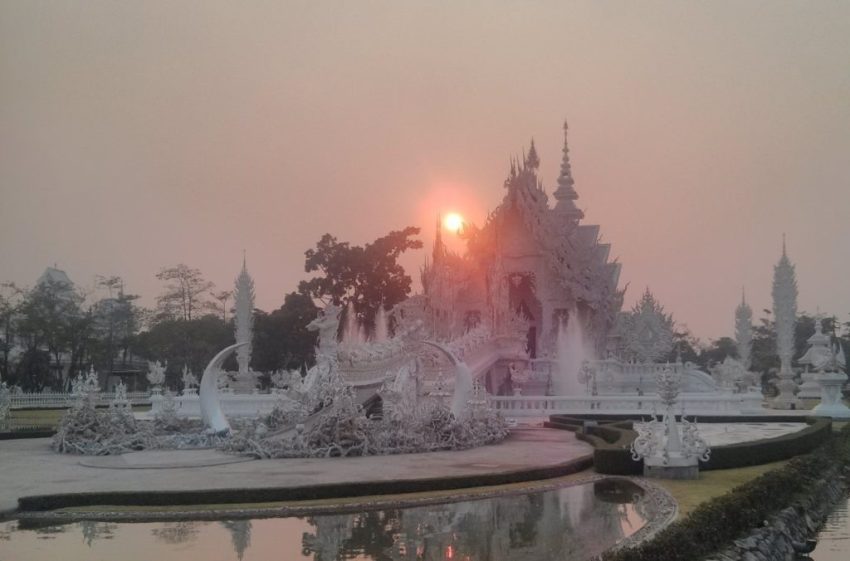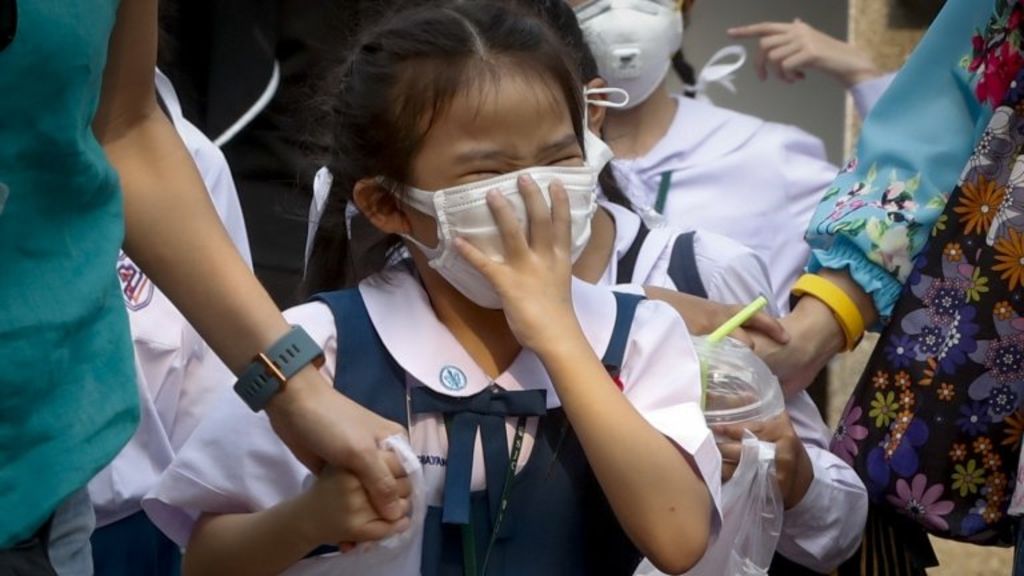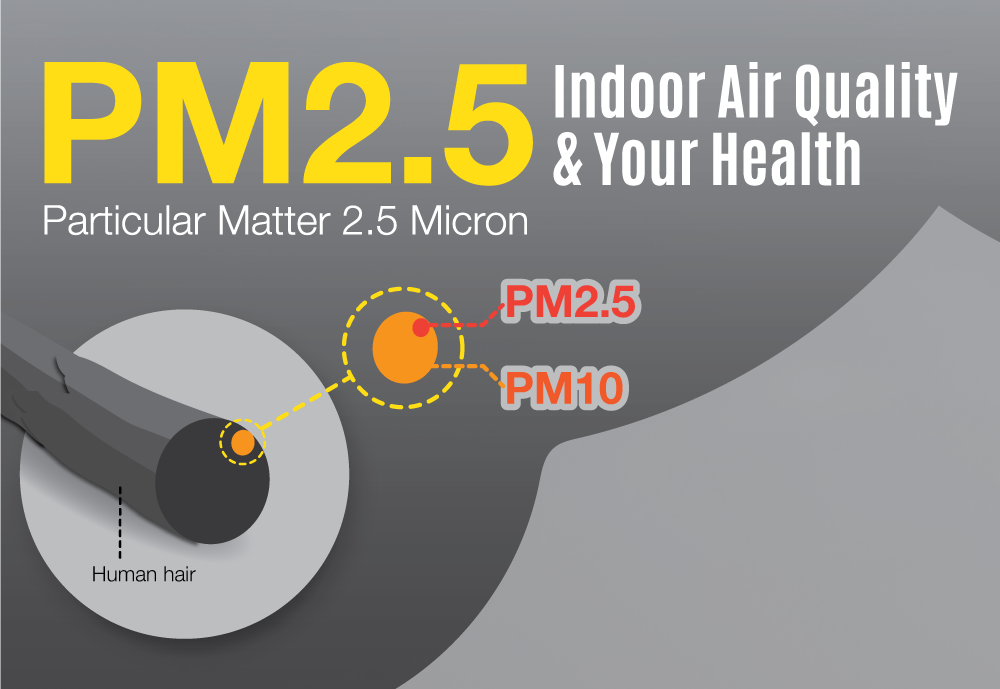The transitory haze in northern Thailand has become a rising issue, with air pollution levels approaching dangerous levels in recent weeks. This issue cuts across borders, affecting not only Thailand but also neighboring countries.
Seasonal haze pollution is a big concern for residents of northern Thailand, harming their health and well-being.
Northern Thailand’s struggle with transitory haze emphasizes the importance of international cooperation and long-term solutions to adequately solve this environmental problem.
As the effects of haze grow, there is an urgent need for aggressive steps to reduce pollution and protect the region’s ecology and public health.
In the midst of this complicated environmental challenge, communities in northern Thailand are calling for a coordinated and comprehensive response to the haze crisis.
The call to action is gaining traction as communities band together to confront the core causes of international pollution and advocate for meaningful change to create a cleaner, healthier environment for all.
Toxic Airborne pollutants in Northern Thailand
The Air Pollution Mitigation Centre stated on Saturday that airborne PM2.5 pollution in 15 northern provinces have reached the Red level, with levels ranging from 50.1µg/m³ to 182µg/m³.
Mae Sai district in Chiang Rai province has the highest reading of 182µg/m³.
Today’s 15 northern provinces with high PM2.5 levels include Chiang Rai, Chiang Mai, Nan, Mae Hong Son, Phayao, Lamphun, Lampang, Phrae, Uttaradit, Sukhothai, Phitsanuloke, Tak, Kamphaeng Phet, Phichit, and Phetchabun.
Excessive PM2.5 affects several additional north-eastern provinces as well as several central ones.
PM2.5 levels in the north-eastern provinces range from 26.5µg/m³ to 87.9µg/m³, while those in the central and western areas range from 23µg/m³ to 72.7µg/m³. Only two eastern provinces have elevated levels of PM2.5 today.
In Bangkok and its suburbs, PM2.5 values range from 15.4µg/m³ to 35.3µg/m³, against the safe level of 37.5µg/m³.
According to the IQAir website, Chiang Mai still has the world’s worst air quality today, with an AQI score of 224 and PM2.5 measured at 173.6µg/m³.
The causes of haze pollution in Northern Thailand are many and complex. One major contributor is the habit of open-field burning, particularly in neighboring nations.
These operations cause the emission of dangerous chemicals and particle matter, which are carried across borders by winds and contribute to the region’s haze. Furthermore, industrial operations, car emissions, and forest fires contribute to the buildup of pollutants in the atmosphere, increasing the haze problem.
Prime Minister Visits Northern Thailand
Thailand may have to take tough action and ban maize imports from neighboring countries next year if they refuse to control the burning of farm waste and forests, which contributes to transboundary air pollution, Prime Minister Srettha Thavisin said today during a tour to monitor the haze situation.
He stated that he earlier warned that Thailand would impose import charges on maize from neighboring countries if they did not manage the emission of airborne pollution, but the warning was ignored, prompting him to take stricter action, such as outright banning maize imports.
According to studies on the causes of PM2.5, transboundary haze is the most common culprit in Thailand, followed by domestic forest fires and farm trash burning.
The prime minister stated that PM2.5 is an economic problem that must be solved through new innovations, adding that Thailand cannot compel its neighbours to stop burning farm waste, but it may put pressure on them to limit their farmers.
He stated that without decisive action, it will be impossible to alleviate or eliminate the transboundary smoke problem.
In Thailand, he stated that the government does not tolerate forest fires, and that anyone who captures a fire starter will receive a prize of 10,000 baht.
PM2.5 Dust Particles
The prime minister also stated that, while there have been around one-third as many forest fires this year as there were last year, he is still dissatisfied. Haze pollution has serious repercussions for both individuals’ health and the local ecosystem.
The small particulate matter in haze can enter deep into the lungs, causing respiratory problems and worsening illnesses like asthma and bronchitis. Prolonged exposure to haze pollution has been related to an increase in respiratory ailments and cardiovascular difficulties in the general population, particularly in susceptible populations like as children and the elderly.
Furthermore, the environmental impact of transboundary smoke is extensive. It has a negative impact not just on air quality but also on local ecosystems, resulting in deforestation, biodiversity loss, and disruption of wildlife habitats.
The buildup of pollutants in the air and water bodies exacerbates environmental degradation, creating long-term difficulties to the region’s ecological equilibrium.









